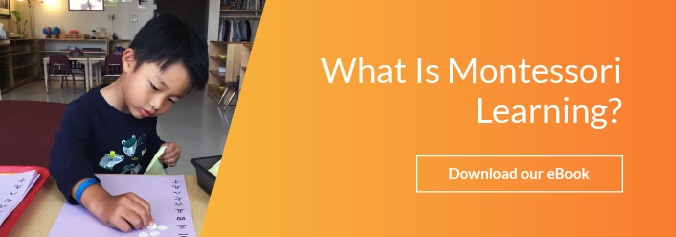A Montessori environment is designed to promote independence, self-motivation, and exploration. Creating a Montessori environment at home that is safe, nurturing, and stimulating is essential.
Benefits of a Montessori Environment
There are many benefits to a Montessori environment. One benefit is that it allows children to learn at their own pace. Another advantage is that it provides a more hands-on approach to learning. Finally, it fosters a love of learning in children.
A Montessori environment allows children to learn at their own pace. This is beneficial because each child can learn at the speed best for them. It also means they are less likely to get bored or feel overwhelmed.
A Montessori environment also provides a more hands-on approach to learning. This is beneficial because it helps children understand concepts better. Additionally, it helps them develop fine motor skills and problem-solving skills.
6 Ways To Create a Montesorri Environment at Home
- Kid-Sized Accessible Environment
The Montessori method relies on children being able to freely move about their environment and manipulate materials. This can only be done if the space is designed with them in mind. Therefore, a child-sized accessible environment is essential for young children to learn effectively.
Creating a child-sized environment does not have to be expensive or complicated. There are many ways to create an inviting and stimulating, safe, and developmentally appropriate space for children. Some examples include:
- Stools to reach sinks
- Light switch extenders
- Faucet extenders
- Keeping their dishes in low drawers
- Keeping their clothes on low hangers, on hooks, or in low easy-to-open drawer.
- Carefully Chosen Play Things
Toys that encourage exploration and independence are important to children's development in a Montessori home. Examples of these toys include:
- Wooden puzzles
- Playsilks
- Climbers
- Stackers
- Sorting beads
- Balance boards
Also essential to a Montessori environment is how these toys are stored. First, keep them on low shelves for easy access. Then, separate them by kind into trays or bins and make sure there are only a few of them as too many choices create chaos.
- Everything In Its Place
This means that every object in a Montessori home has a specific spot where it belongs. This helps children to understand their environment and to know where things are supposed to go. It also helps them to develop a sense of orderliness and discipline.
- Aesthetically Pleasing Decor
The Montessori method is all about creating a space that is both aesthetically pleasing and functional. Here are some ideas for doing this at home:
- Use natural materials
- Create a warm and inviting atmosphere
- Create an uncluttered space
- Utilize beautiful pictures, and art hung at your child's eye level
- Use soothing, calm colors
- An Environment That Promotes Independence
For children to be independent, they need an environment that promotes it. The Montessori method is based on the philosophy that children are born with an innate desire to learn. This learning takes place through a prepared environment designed to meet the child's needs. Some ideas for promoting age-appropriate independence are:
- Assign regular work/chores for the child to do. This includes dusting, washing dishes, sweeping, and folding laundry alongside a parent or older sibling and with small child-sized tools.
- Allow the child to use real dishware, glasses, and plates, and teach him or her to handle them with care.
- Ensure the kids work on dressing themselves by keeping clothes where they can access them.
- A Daily Routine
Marie Montessori mentioned work times for children should be in 3-hour increments. So that might look something like:
- Morning: wake and breakfast, clean up, dress, make the bed, morning chore, independent play
- Work Cycle 1 (late morning): learning time, outside play, snack time, child-led interest time
- Lunch and Rest: Eating time, clean up from lunch, reading or an audiobook, and rest time
- Work Cycle 2 (afternoon): Outdoors, snack, chore with family, open-ended learning.
Setting up a Montessori environment at home is easier than it may seem. With a bit of creativity and some basic materials, parents can provide their children with a stimulating and enriching environment that will encourage learning and exploration. If you want a school environment that matches your Montessori home, consider Fountainhead Montessori School for a fantastic tailored education for your child.












Let us know what you think about this post
Put your Comment Below: